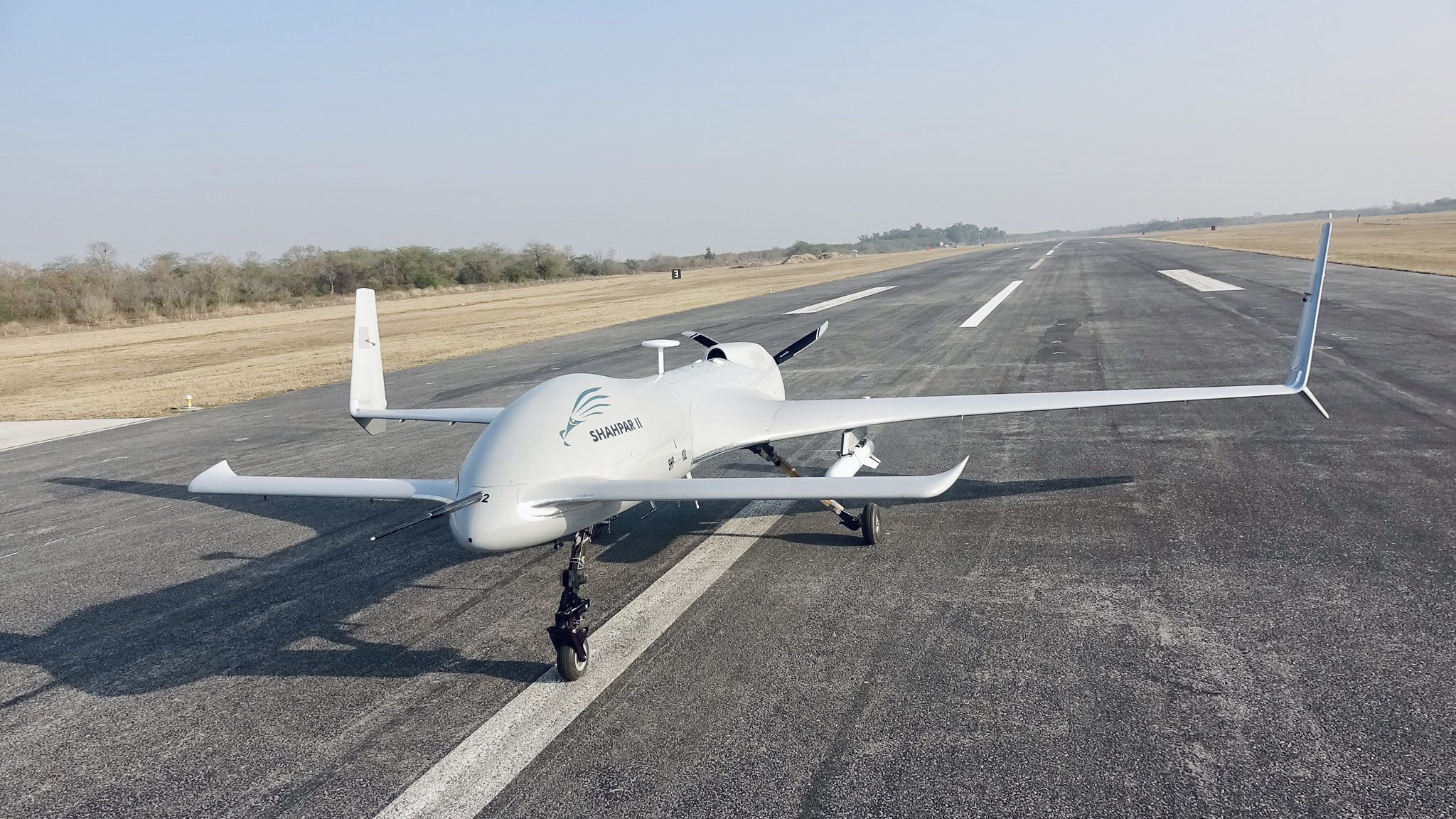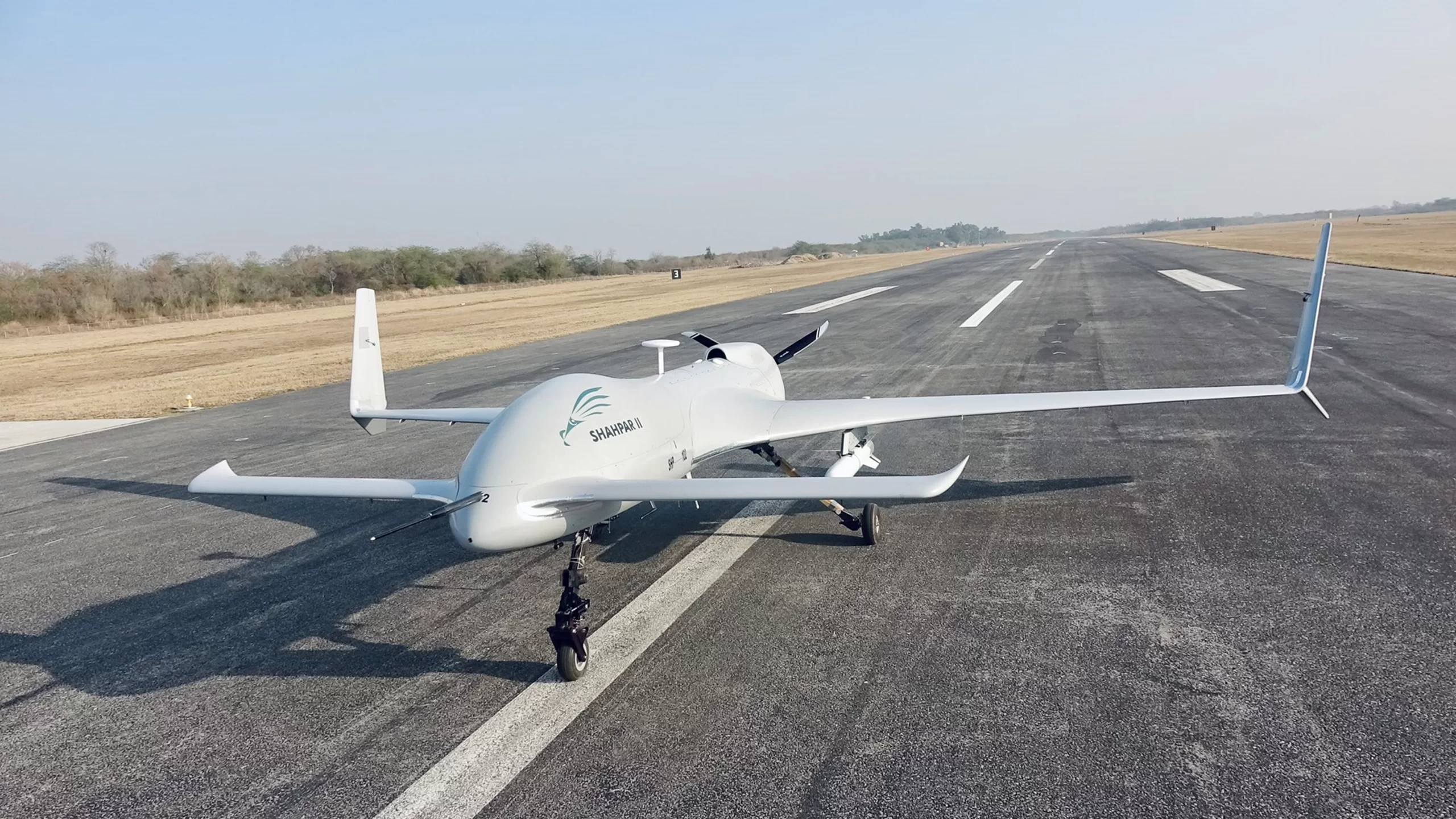The Shahpar drone is an indigenously developed unmanned aerial vehicle (UAV) by Pakistan, designed for reconnaissance and surveillance missions.
The Shahpar-III is Pakistan’s largest and most advanced homegrown unmanned aerial vehicle (UAV). A Group-4-class drone platform, the Shahpar-III was developed by the National Engineering and Scientific Commission (NESCOM) and marketed and sold by Global Industrial and Defence Solutions (GIDS).
The Shahpar-II is a medium-altitude long-endurance (MALE) UAV developed and manufactured by Pakistan’s National Engineering and Scientific Commission (NESCOM) and marketed by Global Industrial & Defence Solutions (GIDS).
It is a continued development of the NESCOM Shahpar-I. The Shahpar-II serves both…
This is a guest post explaining the current status of Pakistan’s unmanned aerial vehicle (UAV) inventory.
Turkey’s Bayraktar TB2 has drawn attention for its effectiveness against armoured vehicles and air defence systems in Syria and Libya. Should Pakistan adopt a similar drone-use strategy as Turkey?
The importance of unmanned aerial vehicles (UAVs) in the modern battlespace is widely recognized in our times. With the success that UAVs have had in military operations in Libya and Syria, the importance of UAVs has become abundantly clear to today’s planners.
Turkey is setting an example of how to use armed UAVs against opposing military forces both today, and in the future. In contrast, Pakistan has not yet reached the level Turkey is at in drone design and deployment.
Pakistan Aeronautical Complex (PAC) released a tender for the “procurement of data link items” for a medium-altitude long-endurance (MALE) unmanned aerial vehicle (UAV).
Pakistan Aeronautical Complex (PAC) signed a memorandum-of-understanding (MoU) with Havelsan, a Turkish defence electronics vendor, to co-develop subsystems for PAC’s unmanned aerial vehicle (UAV) program and to contribute towards the Kamra Aviation City initiative.









